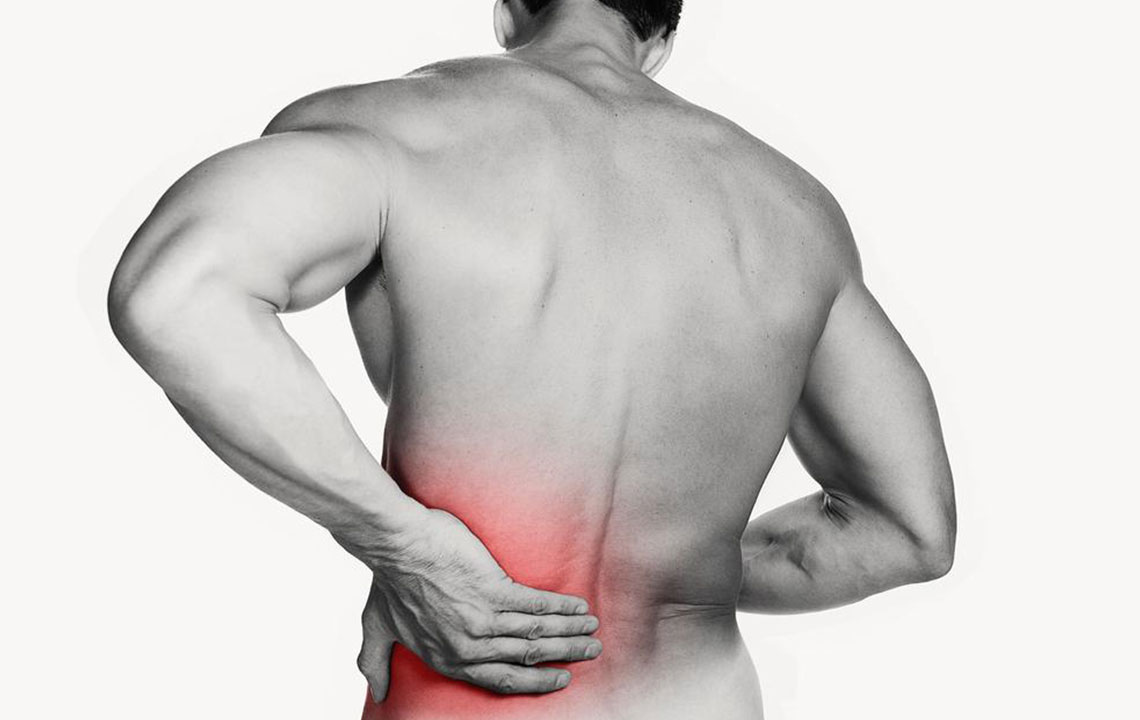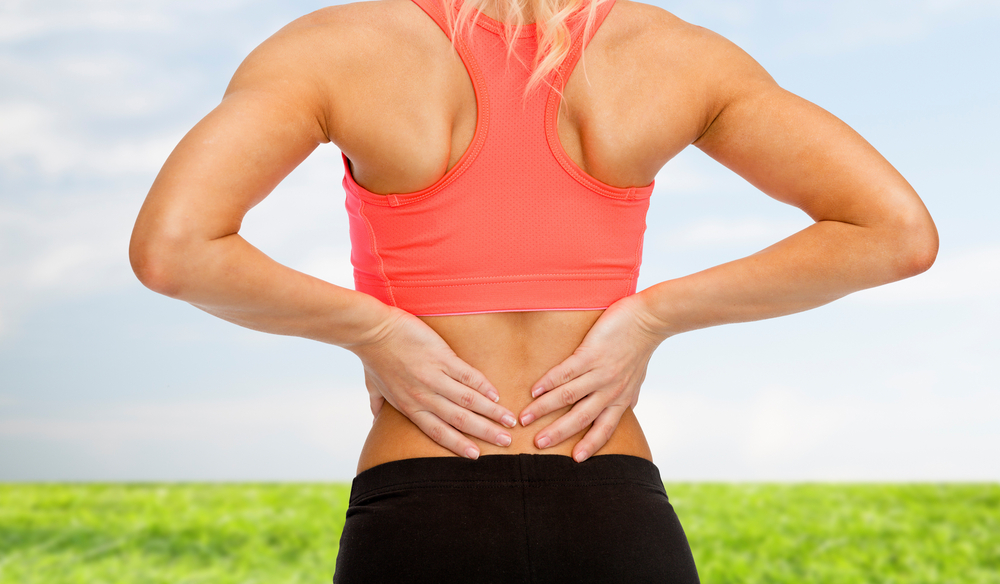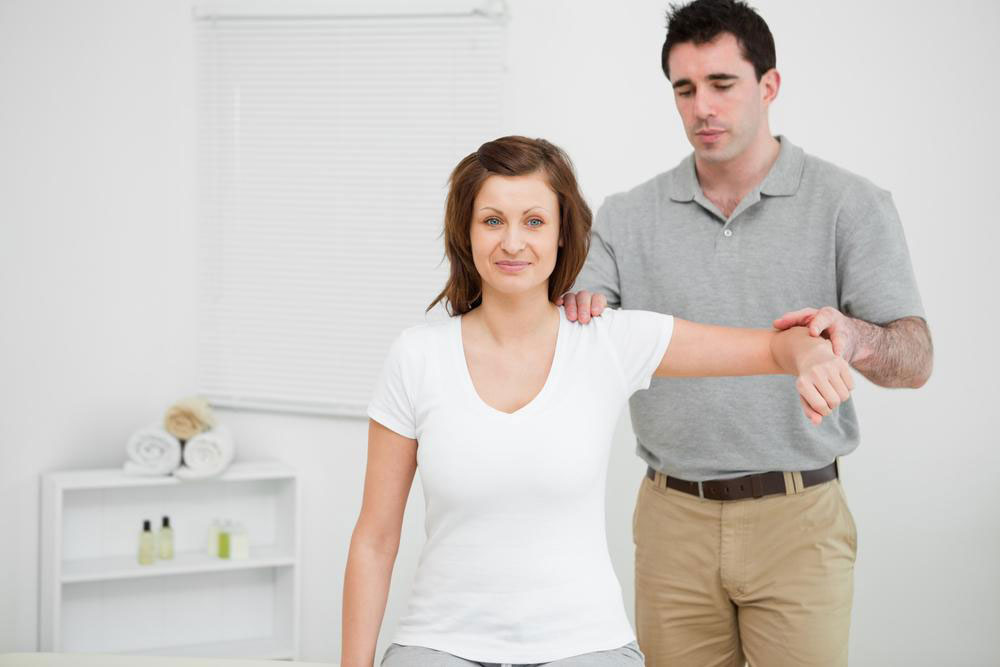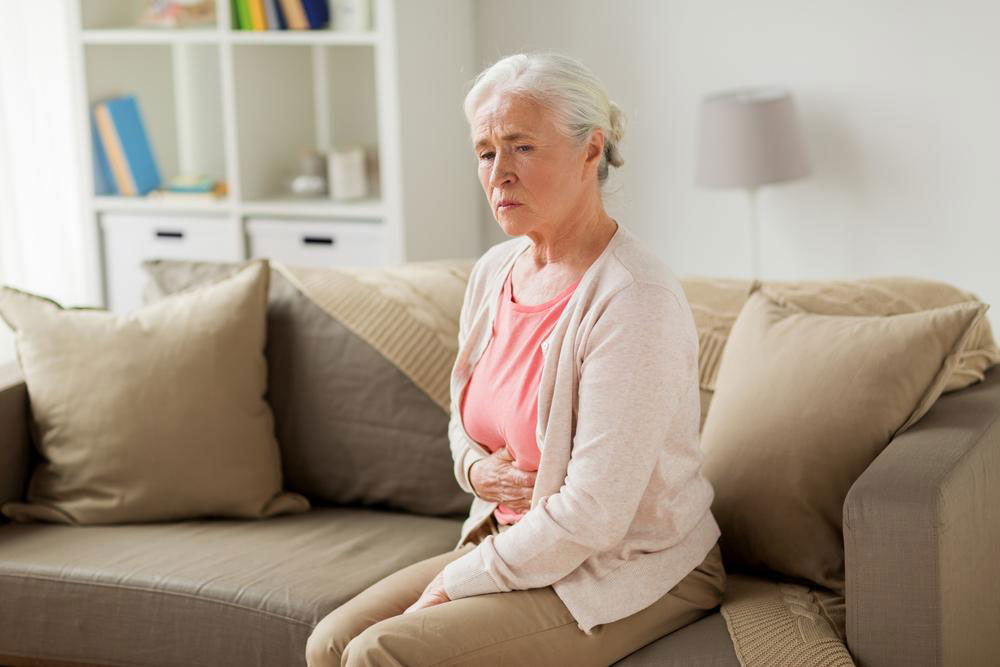Comprehensive Guide to Lower Back and Hip Pain: Causes, Symptoms, and Effective Treatments
Lower back and hip pain are widespread issues with diverse causes ranging from muscle strains to degenerative diseases. This in-depth guide covers symptoms, causes, and effective treatment options, emphasizing early diagnosis and prevention strategies. Whether due to injury, aging, or gender-specific factors, understanding these elements is vital for proper management and improved quality of life.

Comprehensive Guide to Lower Back and Hip Pain: Causes, Symptoms, and Effective Treatments
Lower back and hip discomfort are among the most prevalent health complaints encountered worldwide. Millions of individuals experience varying degrees of pain in these areas, which can significantly impair daily activities and quality of life. Understanding the intricacies of lower back and hip pain, its origins, symptoms, and available remedies is essential for effective management and recovery. This comprehensive guide aims to delve deeply into the causes, symptoms, and treatment options for lower back and hip discomfort, providing valuable insights for those affected.
The lumbar region of the human spine, extending from the rib cage down to the top of the buttocks, is particularly vulnerable to pain and strain. Comprising five vertebrae labeled L1 through L5, this area supports much of the body's weight and allows for a wide range of motion. Due to its vital role, injuries or degeneration in this region can lead to persistent discomfort. The sensation of pain in this region can vary from a dull, nagging ache to sharp, stabbing sensations, depending on the underlying cause.
Initial mild discomfort often resolves with simple rest and care, but persistent or escalating pain necessitates professional medical evaluation. Recognizing warning signs, understanding potential causes, and knowing appropriate remedies are crucial steps toward recovery. This article provides an extensive overview to help individuals understand and manage lower back and hip issues effectively.
It’s vital to monitor symptoms like sudden loss of bowel or bladder control, which can indicate serious spinal issues. Weakness in the legs, combined with fever or pain during coughing or urination, should prompt immediate medical consultation. Detecting these signs early can prevent further complications and facilitate prompt treatment.
Muscle Strains and Ligament Sprains: The Common Culprits
Many cases of lower back and hip pain stem from muscular or ligament injuries. Muscle strains occur when muscles overstretch or tear due to sudden movements or overexertion, such as lifting heavy objects incorrectly or abrupt twisting motions. Ligament sprains involve overstretched or torn ligaments, which connect bones and stabilize joints, often resulting from traumatic injuries or repetitive stress.
Understanding Causes of Lower Back and Hip Pain
Identifying the root cause of pain is essential for effective treatment. While minor discomfort can resolve independently, persistent pain lasting beyond three days or extending over several months may become chronic. Some of the most common causes include:
Lumbar Herniated Disc
Discs act as cushions between vertebrae. When a disc bulges or ruptures, it can press on nearby nerves, causing pain, numbness, or weakness. This condition often results from repetitive strain or sudden injury and is a frequent cause of sciatic pain.
Degenerative Disc Disease
As we age, intervertebral discs lose water content, becoming less pliable and more prone to degeneration. This weakening leads to increased pressure on the disc walls, resulting in herniation, stiffness, and chronic pain.
Facet Joint Dysfunction
These joints connect each pair of vertebrae, facilitating movement and flexibility. Damage, inflammation, or arthritis in facet joints can produce localized pain in the lower back and hips, often accompanied by stiffness.
Sacroiliac Joint Dysfunction
The sacroiliac joints connect the sacrum to the pelvis. Inflammation or misalignment here, known as sacroiliitis, impairs shock absorption and causes pain that can radiate to the hips and thighs.
Spinal Stenosis
Characterized by narrowing of the spinal canal, spinal stenosis compresses nerve roots and causes inflammation, leading to severe lower back and hip pain. It commonly affects older adults and those with degenerative conditions.
Gender-Specific Factors in Women
Women often experience a different pattern of lower back and hip pain compared to men. Hormonal fluctuations, pregnancy, and menopause can influence musculoskeletal health, leading to specific conditions such as osteoarthritis of the hips, osteoporosis-related fractures, and tendinitis. Recognizing these gender-specific factors is crucial for tailoring effective treatment strategies.
Osteoarthritis
This degenerative joint disease affects the hip’s ball-and-socket joint, causing pain, swelling, and reduced mobility. It is more common with advancing age, especially among women.
Osteoporosis and Hip Fractures
Reduced bone density makes fractures more likely, particularly in postmenopausal women. Symptoms include difficulty standing, leg alignment issues, and outward-twisted toes, requiring urgent medical attention.
Tendinitis and Overuse Injuries
Excessive activity or overuse, particularly in runners or athletes, can inflame tendons such as the iliotibial band, resulting in pain during movement.
Effective Management and Treatment Options
Managing lower back and hip pain involves a multidisciplinary approach. The following strategies can significantly alleviate discomfort and promote healing:
Applying heat therapy using heating pads or belts can temporarily relax muscles and reduce pain.
Maintaining moderate activity levels and avoiding prolonged rest helps preserve joint flexibility and muscle strength.
Engaging in gentle stretching and yoga tailored for back and hip health can improve mobility and reduce stiffness.
Massage therapy combined with targeted stretches can relieve muscle tension and promote circulation.
In cases of severe or persistent pain, consulting healthcare professionals for diagnostic imaging and personalized treatment plans is essential.
In conclusion, lower back and hip discomfort are common issues with varied causes, many of which are manageable with appropriate intervention. Recognizing early symptoms, understanding potential causes, and seeking timely medical advice are key to effectively addressing these conditions. Adopting healthy lifestyle habits, exercising regularly, and staying vigilant can prevent the worsening of symptoms and maintain overall musculoskeletal health.





